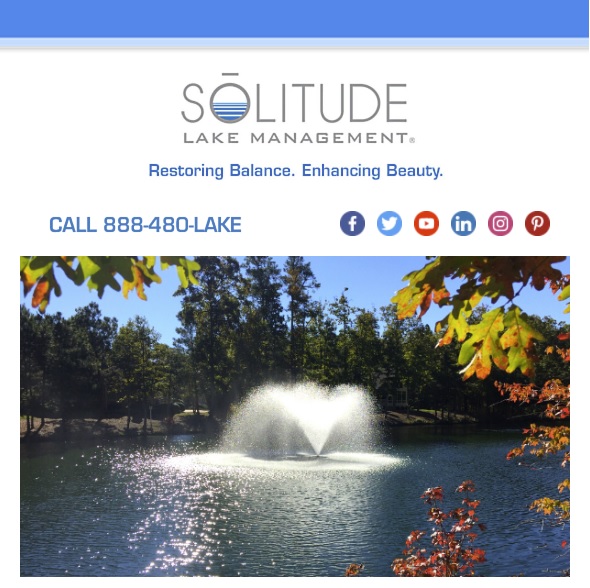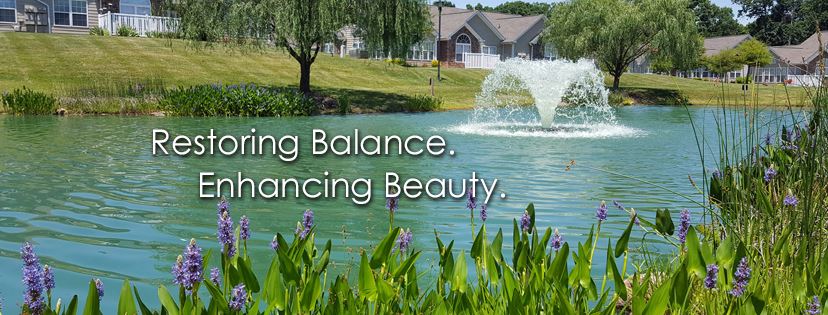Repair Erosion for a Healthier Waterbody by SOLitude
Repair Erosion for a Healthier Waterbody
Shoreline erosion can be detrimental to the health of your waterbody as well as the safety and value of your property.
The Many Effects of Erosion on Florida Lakes
Most communities throughout Florida utilize lakes and ponds to enhance the aesthetics of homes and golf courses, as well as support recreational opportunities such as boating and fishing for residents. The majority of these waterbodies were man-made for practical and functional purposes, such as capturing stormwater to prevent flooding or storing water to use for irrigation. Unfortunately, natural erosion of the shoreline is inevitable. It is an issue that only gets worse over time and should be addressed immediately, followed by consistent monitoring.
Effects of Shoreline Erosion in Lakes
Shoreline erosion is a serious issue for waterbodies of all sizes and uses. It can degrade shoreline property, increase the risk of flooding, interfere with recreational opportunities, and threaten aesthetic appeal. In many cases, the deep cracks and gullies that appear can expose sprinkler systems, drainage pipes, and electrical cables, leading to costly repairs. Likewise, due to the effects of erosion, lakefront homeowners may find that their property decreases in size and value over time.
When slopes become too steep, the shoreline can also become unsafe for residents, children, pets, and recreationers. Steep slopes increase the risk of someone falling into the lake and being injured. The steepness of the slope can also make it hard for someone to get out of the lake when they fall in. This can pose a significant liability for HOAs, golf courses, commercial properties, and private homeowners.
What Causes Lake Shorelines to Erode
Erosion has many natural causes:
- Changing water levels due to seasonal rains and other weather events
- Strong winds that cause waves to pound into banks and reduce stability over time
- Improper drainage systems that allow stormwater runoff to cause damage, especially when the shoreline is exposed due to low lake elevation
The presence of nuisance fish and wildlife such as invasive armored catfish and otters that burrow into banks and cause them to collapse
Erosion Caused by Humans
Although these causes are natural, human activities can also increase the rate of erosion:
- Clear-cutting of beneficial buffers composed of native vegetation removes the natural erosion protection provided by complex root systems that hold soil in place
- Gardening and lawn care can cause excess fertilizer and pesticides to enter a waterbody, disrupting its natural health and balance
- When too much land is covered by pavement or asphalt, these hard surfaces can accelerate the stormwater that enters a lake or pond, rather than allowing natural absorption into the soil
How Lake Shoreline Erosion Can Be Prevented
Despite the best efforts of HOAs, golf course superintendents, and municipalities, all waterbodies will experience erosion to some degree. However, there are many strategies to control or mitigate erosion.
Native Plants
Planting deep-rooted grasses and flowering vegetation will help retain, hold and stabilize the soil. This ground cover also helps to deter nuisance and invasive species from entering the aquatic ecosystem. It is imperative to use native plants rather than exotic species that are known to damage the habitat that nurtures beneficial fish, birds, and other wildlife.
Bioengineered Shoreline Control
Bioengineered erosion control technology is an excellent tool to restore shorelines and mitigate future erosion. Knitted ShoreSOX® and DredgeSOX® repurpose eroded muck by anchoring it to the shoreline for lasting stability. SOX solutions integrate naturally into the landscape and can be planted directly with vegetation for further erosion protection.
Riprap and Root Trap
With riprap, rocks are placed over a filter blanket to keep the soil in place. Similar to riprap, root trap is achieved by covering the rocks with topsoil and installing native, deep-rooted plants that contain the sediment in place as they grow.
Bulkheads and Retaining Walls
Bulkheads and retaining walls can be effective at controlling the effects of erosion; however, if not installed correctly, they run the risk of falling into the water or eroding from underneath and becoming unsafe.
Erosion Control Blankets
Coir logs or fiber roll material can be installed to slow down the movement of the water or create a “pooling” effect that allows sediment to filter out. They can be made of natural or synthetic fibers or a blend of straw, coconut fiber, or polypropylene (plastic).
Contact Us to Protect Your Shoreline Against Erosion
Call us at 866-781-8904 or complete the form below to get connected with an aquatic management expert.

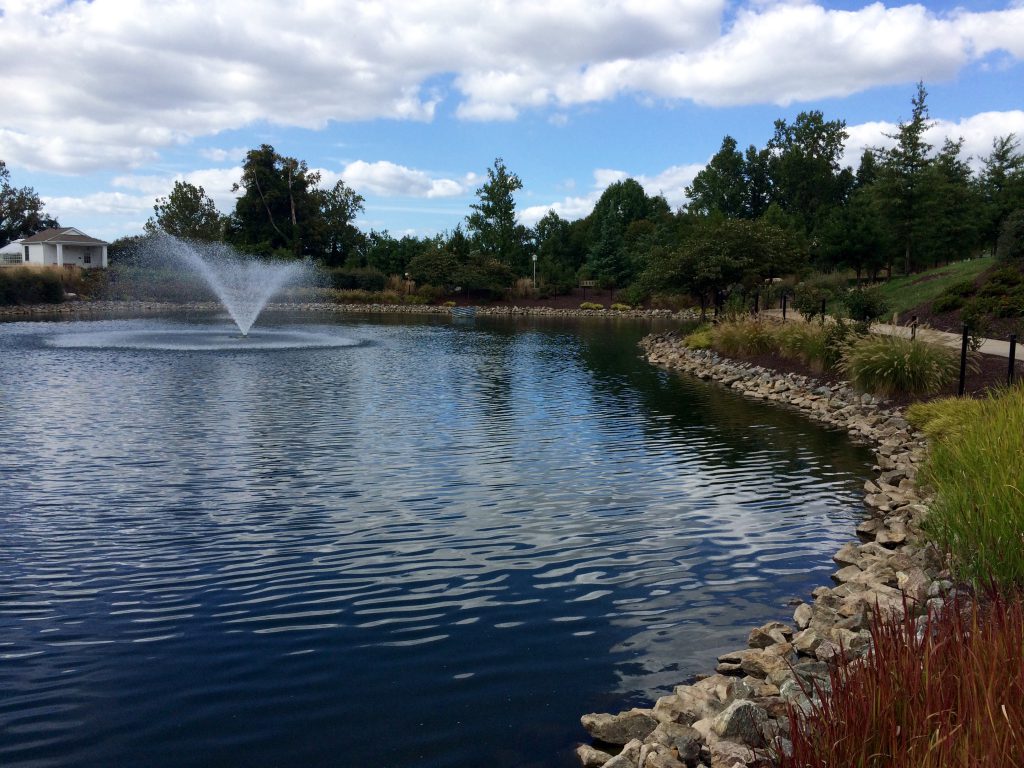
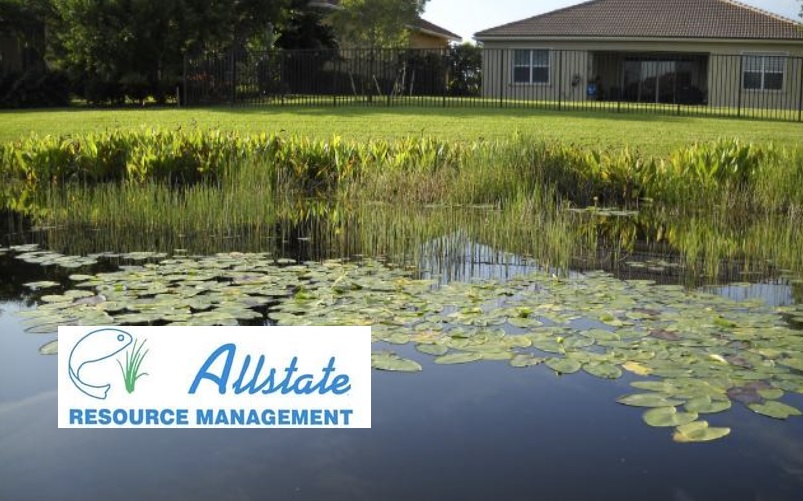
 The grass carp has been introduced throughout the world for aquatic weed control. The
The grass carp has been introduced throughout the world for aquatic weed control. The 
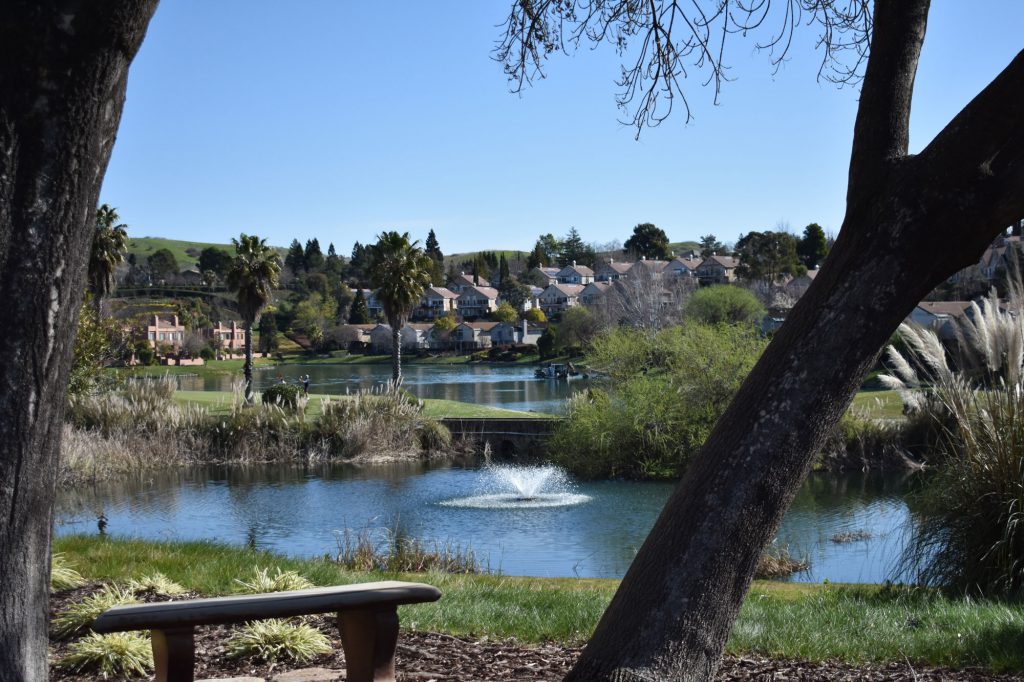
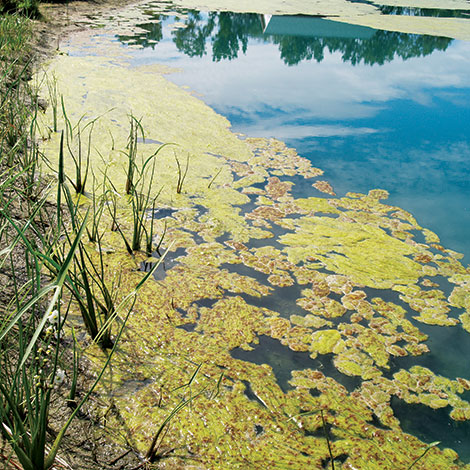


 A stormwater system is a tool for managing the runoff from rainfall. When rainwater lands on rooftops, parking lots, streets, driveways and other surfaces that water cannot penetrate, the runoff flows into grates, swales or ditches located around your property and neighborhood. These grates, swales and ditches carry the runoff into stormwater ponds. A stormwater pond is specifically designed to help prevent flooding and remove pollutants from the water before it can drain into the groundwater or into streams, rivers, lakes, wetlands, or the ocean.
A stormwater system is a tool for managing the runoff from rainfall. When rainwater lands on rooftops, parking lots, streets, driveways and other surfaces that water cannot penetrate, the runoff flows into grates, swales or ditches located around your property and neighborhood. These grates, swales and ditches carry the runoff into stormwater ponds. A stormwater pond is specifically designed to help prevent flooding and remove pollutants from the water before it can drain into the groundwater or into streams, rivers, lakes, wetlands, or the ocean.